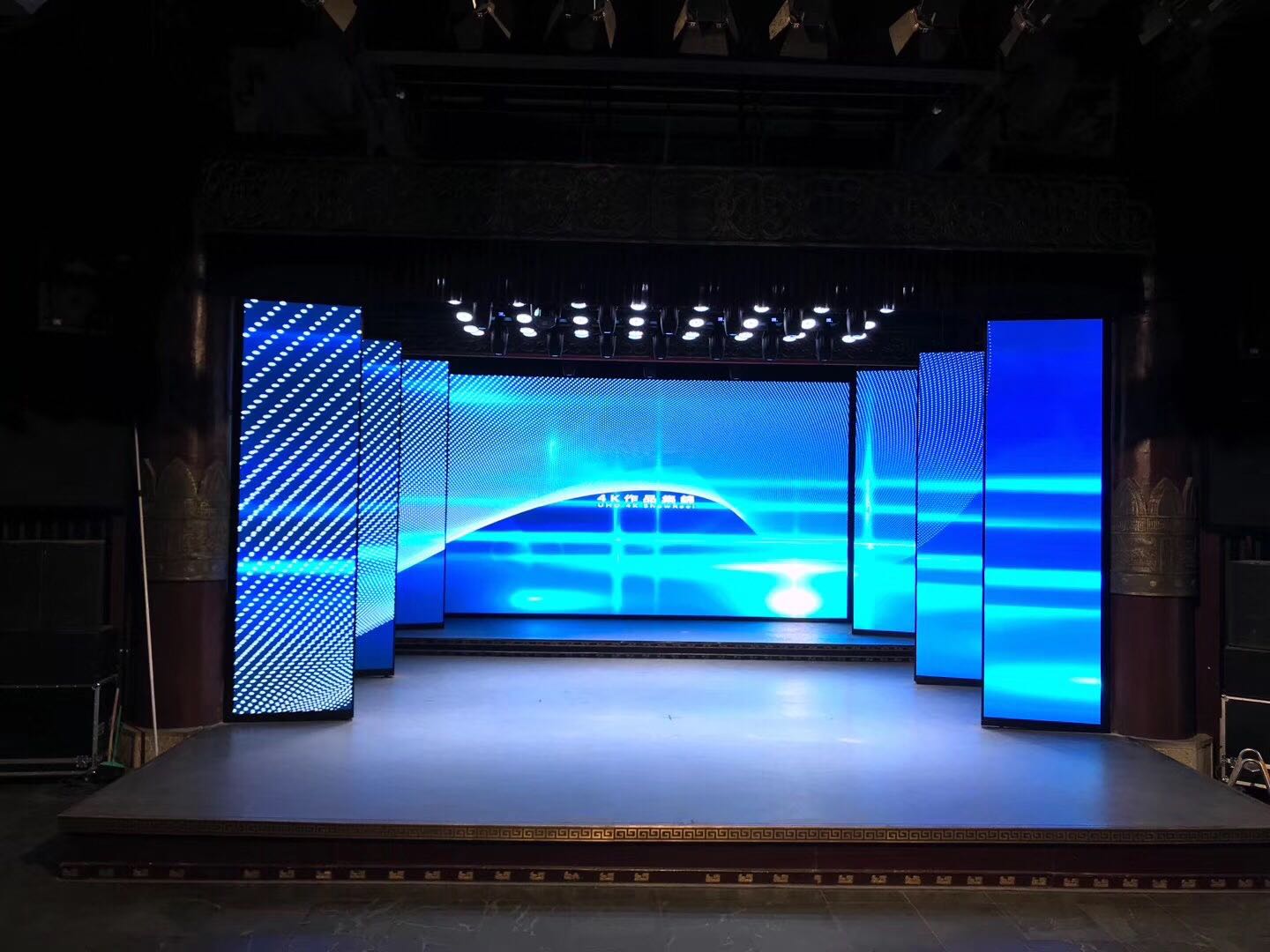When choosing a new display, whether for a television, monitor, or digital signage, one of the most common dilemmas is deciding between LED and LCD technology. Both terms are often encountered in the tech world, but what do they really mean? Understanding the differences between LED and LCD can help you make an informed decision about which display technology is best suited for your needs.
Understanding LED and LCD Technologies
To begin, it’s important to clarify that "LED" (Light Emitting Diode) and "LCD" (Liquid Crystal Display) are not entirely distinct technologies. In fact, they often work together. Here’s how:
- LCD: An LCD display uses liquid crystals to control light and create images on the screen. However, these crystals do not produce light on their own. Instead, they require a backlight to illuminate the display.
- LED: LED refers to the type of backlighting used in LCD displays. Traditional LCDs use CCFL (cold cathode fluorescent lamps) for backlighting, whereas LED displays use light-emitting diodes. This LED backlighting is what gives LED displays their name.
In essence, an "LED display" is actually an "LED-backlit LCD display." The distinction lies in the type of backlighting used.
Key Differences Between LED and LCD
- Backlighting Technology:
- LCD (CCFL backlighting): Earlier LCDs used CCFLs, which provided uniform lighting across the screen but were less energy-efficient and bulkier.
- LED (LED backlighting): Modern LCDs with LED backlighting offer more localized lighting, enabling better contrast and energy efficiency. LEDs can be arranged in edge-lit or full-array configurations, allowing for more precise control over brightness.
- Picture Quality:
- LCD: Standard CCFL-backlit LCDs offer decent brightness but often struggle with deep blacks and high contrast due to the limitations of the backlighting.
- LED: LED-backlit displays provide superior contrast, deeper blacks, and more vibrant colors, thanks to the ability to dim or brighten specific areas of the screen (a technique known as local dimming).
- Energy Efficiency:
- LCD: CCFL-backlit displays consume more power due to their less efficient lighting and inability to adjust brightness dynamically.
- LED: LED displays are more energy-efficient, as they use less power and can adjust brightness dynamically based on the content being displayed.
- Slimmer Design:
- LCD: Traditional CCFL-backlit LCDs are bulkier due to the larger backlighting tubes.
- LED: The compact size of LEDs allows for thinner, more lightweight displays, making them ideal for modern, sleek designs.
- Color Accuracy and Brightness:
- LCD: CCFL-backlit displays generally offer good color accuracy but may fall short in delivering bright and vibrant images.
- LED: LED displays excel in color accuracy and brightness, particularly those with advanced technologies like quantum dots or full-array backlighting.
- Lifespan:
- LCD: CCFL-backlit displays have a shorter lifespan due to the gradual dimming of the fluorescent tubes over time.
- LED: LED-backlit displays have a longer lifespan, as LEDs are more durable and maintain their brightness for longer periods.
Applications and Suitability
- Home Entertainment: For those seeking high-quality visuals with rich colors and deep contrast, LED-backlit displays are the preferred choice. They are widely used in modern televisions and monitors, offering an immersive viewing experience for movies, gaming, and streaming.
- Professional Use: In environments where color accuracy and brightness are crucial, such as in graphic design, video editing, and digital signage, LED displays provide the precision and clarity needed.
- Budget-Friendly Options: If cost is a primary concern, traditional CCFL-backlit LCD displays may still be found at lower price points, although their performance may not match that of LED-backlit models.
Conclusion: Which is Better?
The choice between LED and LCD largely depends on what you value most in a display. If you prioritize superior picture quality, energy efficiency, and modern design, an LED-backlit display is the clear winner. These displays offer the best of both worlds: the reliable performance of LCD technology combined with the advantages of LED backlighting.
However, if you're on a tight budget or have specific requirements that don't demand the latest technology, an older LCD with CCFL backlighting might suffice. That said, as technology advances, LED displays have become more accessible and affordable, making them the go-to option for most consumers and professionals alike.
In the battle of LED vs. LCD, the real winner is the viewer, who benefits from an ever-improving visual experience driven by innovative display technologies.
Post time: Aug-20-2024




